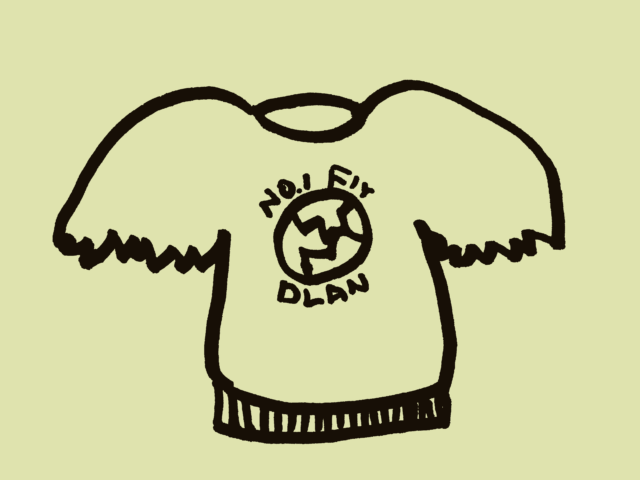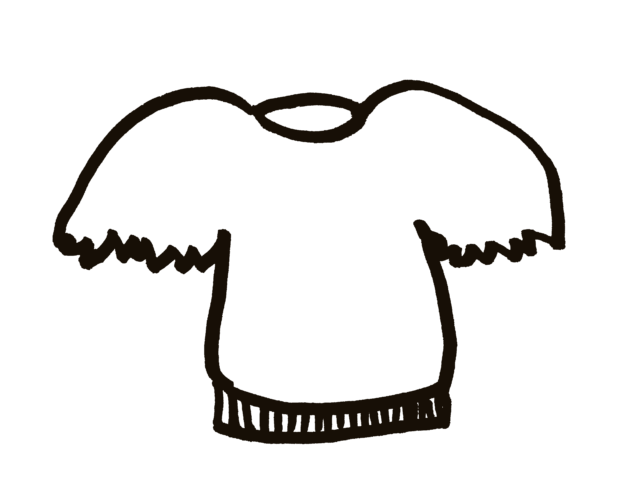Let’s say you were to sell t-shirts.

What do you want to protect?
A. Words, logos, etc

These are called “trademarks”. Trademark is a way to tell people that products bearing the “words, logos, etc” are from you.
Once you register your trademark with the USPTO, you put everyone in the U.S. on the notice that you own the trademark.
This makes it easier for you to stop others from selling fake goods/services that pose to be yours.
Average
The amount is based on actual billing data for IPfever clients’ trademarks that are registered in the past two years as of writing this article.client spends about $710 including all government fees and other expenses to get a trademark registered.
B. Product design

You can get “design patent” for the ornamental feature, like the wing-shaped sleeves.
Once you patent the design, you get a legally sanctioned monopoly for the design in the U.S. for more than a decade.
Getting a design patent can be a tedious and expensive process. However, for industrial design, it’s often the only option.
Average
The amount is based on actual billing data for IPfever clients’ design patents that are issued in the past five years as of writing this article.client spends about $4,020 including all government fees and other expenses to get a design patent.
C. It’s all in the making.

Manufacturing techniques,
special treatments,
textile printing method,
special construction,
and more
When people say “patent”, they mean “utility patent”.
If you developed a new product, it’s likely you invented something. In other words, unless you copied someone else’s goods/services without a single improvement, there is something you can patent.
Nevertheless, it is important to understand that patent doesn’t protect a product as a whole. It rather protects a specific feature of the product. Sometimes, the patented feature is so minor that others can outcompete you without it, making the patent useless.
Average
The amount is based on actual billing data for IPfever clients’ design patents that are issued in the past five years as of writing this article.client spends about $7,600 including all government fees and other expenses to get a utility patent.
Of course, there are more ways to protect your IP, but the above three should give you a head start.
